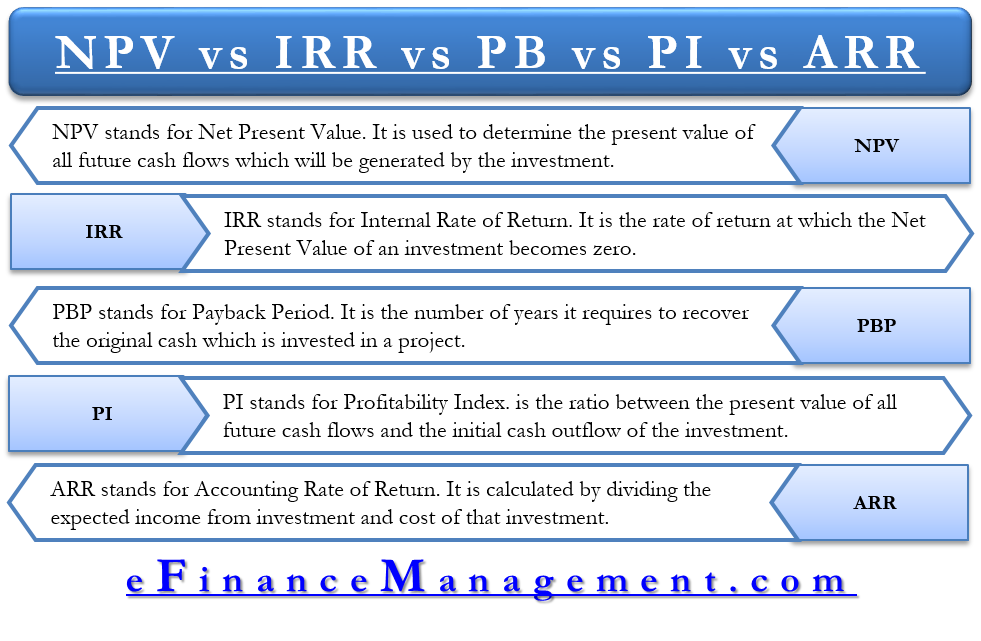
To make a journal entry, you enter the details of a transaction into your company’s books. In the second step of the accounting cycle, your journal entries get put into the general ledger. Remember, when using the opening balance journal entry example double-entry system, you must always debit one account and credit another for the same amount. It is also important to note that the income summary account is primarily used in the manual accounting process.
- Put simply, in journal entries for double-entry bookkeeping, we differentiate between debits and credits based on how they impact different types of accounts.
- The opening entry for the ledger account is based on the opening balance sheet.
- When you use accounting software, the above steps still apply, but the accounting software handles the details behind the scenes.
- A specific example of an opening journal entry is that of a new business formed by a founder purchasing shares for cash.
- We will go over opening balance equity, the reasons it’s created, and how to close it out so your balance sheets are presentable to banks, auditors, and potential investors.
- QuickBooks Online integrates with Clio, which means your law firm can save even more time by using the software together.
- Journal entries may also include other details (such as a reference number), depending on your business and record-keeping needs.
After closing all income and expense accounts, the income summary account should match your net income or loss on your Statement of Profit and Loss. Since the normal balance of expense accounts is debit, let’s credit them to zero them out. At the beginning of an accounting period, opening stock refers to the value of inventory available for sale. Raw materials, finished goods, and work in progress are all included. Opening balance equity is an account created by accounting software to offset opening balance transactions. If you have been asking yourself, “What is opening balance equity on a balance sheet?
Example No. 2: When the credit side is short and the balance of the capital account is missing:
An opening entry, in the books of account, is the initial entry that is used to record the financial transactions which occur at the start of an organization. The contents of the opening entry will typically include the initial cash flow for the firm, which is the funding of the business. It’s journal entry No. 1, the account number is included after the account name, and the office supplies account has been debited and the cash account credited. If you’re familiar with accounting terms, you know that journal entries are simply a record of all of your business transactions. They are the first step in the accounting cycle, and perhaps the most important, as they represent all of the financial activities that will affect your business. Your general ledger is the backbone of your financial reporting.
The accountant accrued the $1,600 interest on December 31, 2023. To illustrate, let’s use the adjusted trial balance of New Valley Marketing as of December 31, 2023. The items highlighted in yellow are the income statement accounts that we need to close. Accounts payable would now have a credit balance of $1,000 ($1,500 initial credit in transaction #5 less $500 debit in the above transaction).
The Income Summary Account
Every entry contains an equal debit and credit along with the names of the accounts, description of the transaction, and date of the business event. Closing entries in accounting allow businesses to start a new accounting period when the time comes. At the beginning and end of every period, companies must open and close their temporary accounts in order to record their financial information for reporting purposes accurately. This process shifts the balance of funds and effectively brings the closing balance to zero.

The opening balance is transferred to a new ledger books for new accounting period, or in a new folio in the same ledger. But most of the organisations prefer new ledger for transferring opening entry. This balance are appeared on the credit or debt side of the ledger. Obviously, if you don’t know a transaction occurred, you can’t record one. Using our vehicle example above, you must identify what transaction took place. This means a new asset must be added to the accounting equation.
Bringing an Opening Balance Equity Account to Zero
Whichever method you use to record and track journal entries for your business, accuracy, and efficiency should be your primary goals. Accounting software makes the journal entries “behind the scenes” whenever you enter an invoice, bill, and payment. The only instances you’ll make journal entries in them are for end-of-year adjustments or under unusual circumstances. However, it’s common to carry a balance for a considerable period. And, we will record withdrawals by debiting the withdrawal account – Mr. Gray, Drawings.
Financial transactions are foundational to any business—and so is tracking them. And, whether you create them manually or use software to assist, a journal entry is essential for all a law firm’s transactions. An adjusting entry always affects at least one income statement account (nominal accounts) and one balance sheet account (real accounts). When preparing the accounts of any firm for any year, there will be certain opening entries that will need to be incorporated in the balance sheet.
Tips for efficient journal entry management
Journal entries are used to record business transactions and events. In addition, the company incurred in an obligation to pay $400 after 30 days. That is why we credited Accounts Payable (a liability account) in the above entry. The journal entry shows that the company received computer equipment worth $1,200. QuickBooks Online offers features such as automatic bank feeds, which will greatly reduce the number of journal entries that need to be created. Here are three small business accounting applications that make creating and posting journal entries a breeze.



